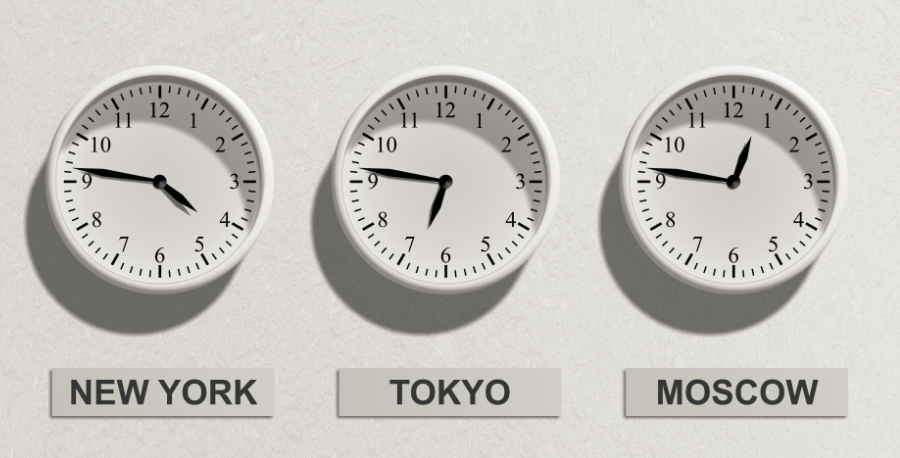4 Ways to Overcome Cross-Cultural Barriers at Work

In business it’s about people. It’s about relationships.
– Kathy Ireland
Business is all about building relationships. Nowadays, thanks to the advancement of technology, those relationships are spanning the globe. And while this opens new doors to exciting cross-cultural business opportunities, it also comes with a unique set of potential challenges.
Our cultural backgrounds inform every area of our lives: the language we speak, the ways we use time for work and leisure, the clothing we wear, and the values we believe in. When we’re working with people whose backgrounds are unlike our own, differences can give rise to misunderstandings. How can a global organization drive business forward with these potential cultural barriers in mind?
Here are four things to keep in mind to help your team succeed in a global economy or workplace.
Be mindful of time zones
One of the most obvious, but often overlooked, strategies for minimizing cross-cultural barriers is being mindful of different time zones. Enact a policy within your organization to avoid non-business hours. If that’s not possible, work out a way for teams to take turns for meeting during unusual business hours. You may need to schedule meetings farther in advance to give all clients and colleagues adequate time to accept and plan.
Respect holidays and traditions
When planning events, projects, meetings, and deadlines, remember that cross-cultural colleagues might celebrate holidays you don’t—or come to work on days you’re used to taking off. Everyone should have the chance to celebrate their traditions without being left out of important business functions. Let others know your schedule in advance, and ask them to keep you up to date on their own days off.
Up your cross-cultural emotional intelligence
Emotional intelligence is the ability to recognize your own emotions and those of others, and it can help tremendously when connecting on a deep level with the people around us. The problem, of course, is that emotions and emotional expression can vary tremendously across cultures. Taking the time to identify and understand the way different cultures identify and express emotion can help you interpret and respond more effectively in a business situation.
It’s helpful for everyone on a global team to stay attuned to the ways culture affects behavior. In Japan, for example, concealing negative emotions in a business setting for the sake of group harmony is the norm. In the U.S., people who are frustrated or confused during difficult meetings might be more apt to show how they feel. Colleagues on both sides of the globe should be aware of the others’ customs, adjusting their actions—and interpreting others’ reactions—with that knowledge in mind. To help everyone on the team appreciate others’ points of view, consider hosting an international lunch and learn that features an open discussion.
Learn a few key phrases or gestures
Effective communication is the core of all great business relationships, but it’s not realistic to assume that everyone on your team can learn all the languages of the world. The good news is that a little effort can go a long way. Encourage your leaders and managers to lead the charge by learning and teaching a few key words (hello, welcome, how are you, please, thank you, good luck, farewell, etc.) in the native language of their colleagues or coworkers.
Similarly, learn the customary gestures. For example, when greeting someone, is it common courtesy for them to shake hands, kiss cheek-to-cheek, bow, etc.? Most people appreciate when others take the time to learn about their culture: it shows a sense of respect and a willingness to engage on a personal level.
Read more about empowering your team to make connections across cultural divides here or reach out today to learn how Ariel can help.
